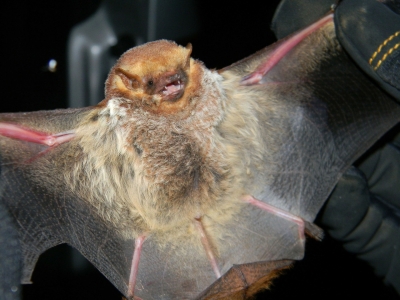
People with poor eyesight may often be told they are ‘as blind as a bat’. It’s unfair. We know that bats use echolocation to make their way in the dark, but that dies not mean their vision is bad.
Myth
There are about 1300 species of bat and they largely differ in their hunting and eating habits. More than 450 species use echolocation while foraging for food. While some produce sound by contracting their voice box, others use their tongue and nostrils. The sound bouncing off objects in their way, producing an echo, helps the mammals navigate their way through the night. They can vocalize a low-pitch (10 kHz) to high-pitch call (upto 200 kHz), which is often outside the human range of hearing. Bats also use their sense of sight to hunt, depending on the circumstances.
Visual acuity may vary among bats, but they are not at all blind. Hence, the belief that bats are blind is a myth. In their book on bats, authors Barbara Schmidt-French and Carol Butler presume that the idea would have originated from the fact that bats have rapid, erratic fight patterns that look like a blind person moving unsteadily.
Reality
In reality, bats can see three times better than humans. Since our understanding of their sense of hearing for navigation is too well documented, their power of sight is often taken for granted. Most fruit bats, which feed on nectar, don’t echolocate at all. They have sharp vision that exceeds the visual spectrum of humans. They can distinguish colours, some Egyptian fruit bats use both echolocation and vision to gauge distance.
Picture Credit : Google

